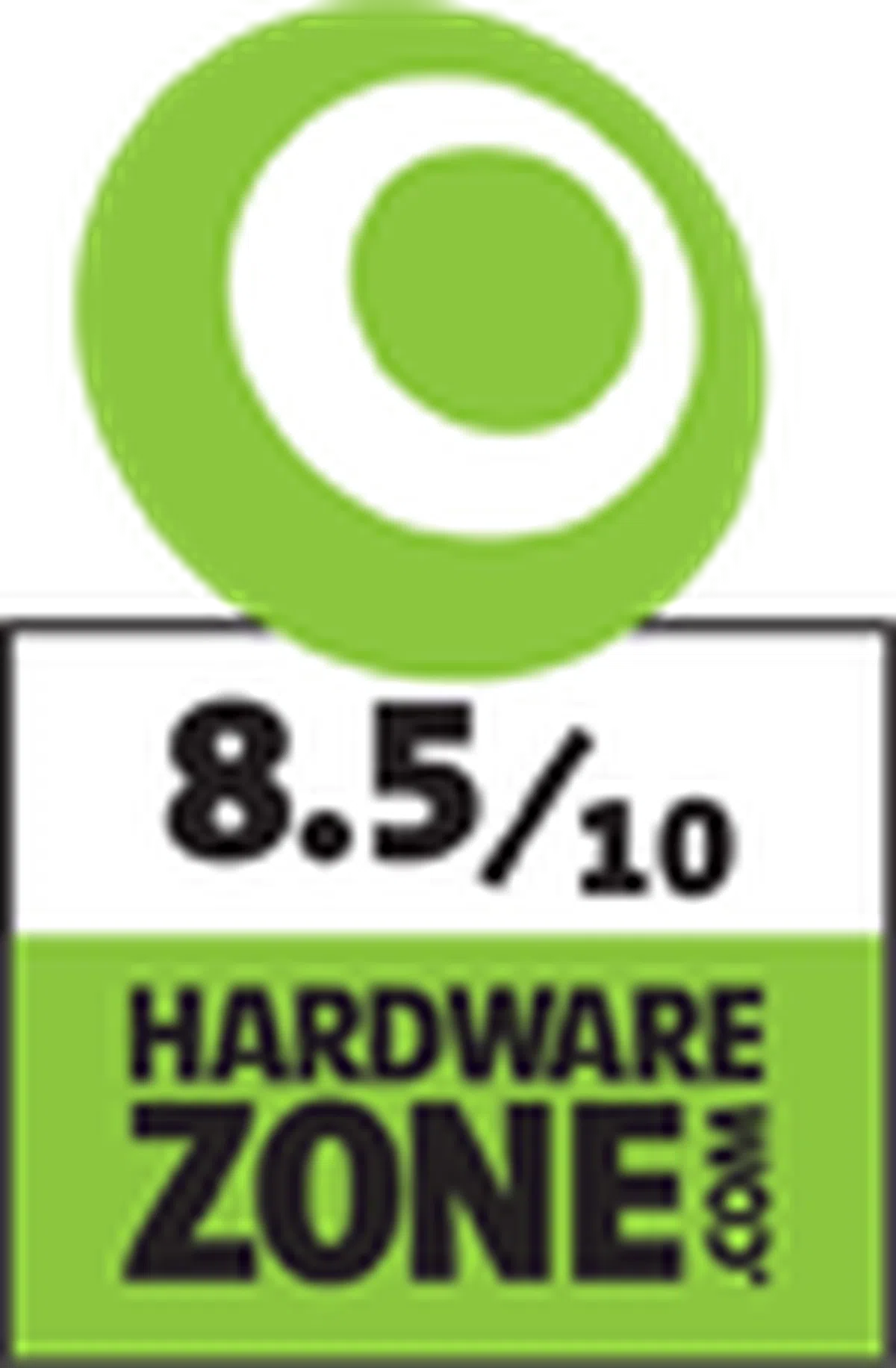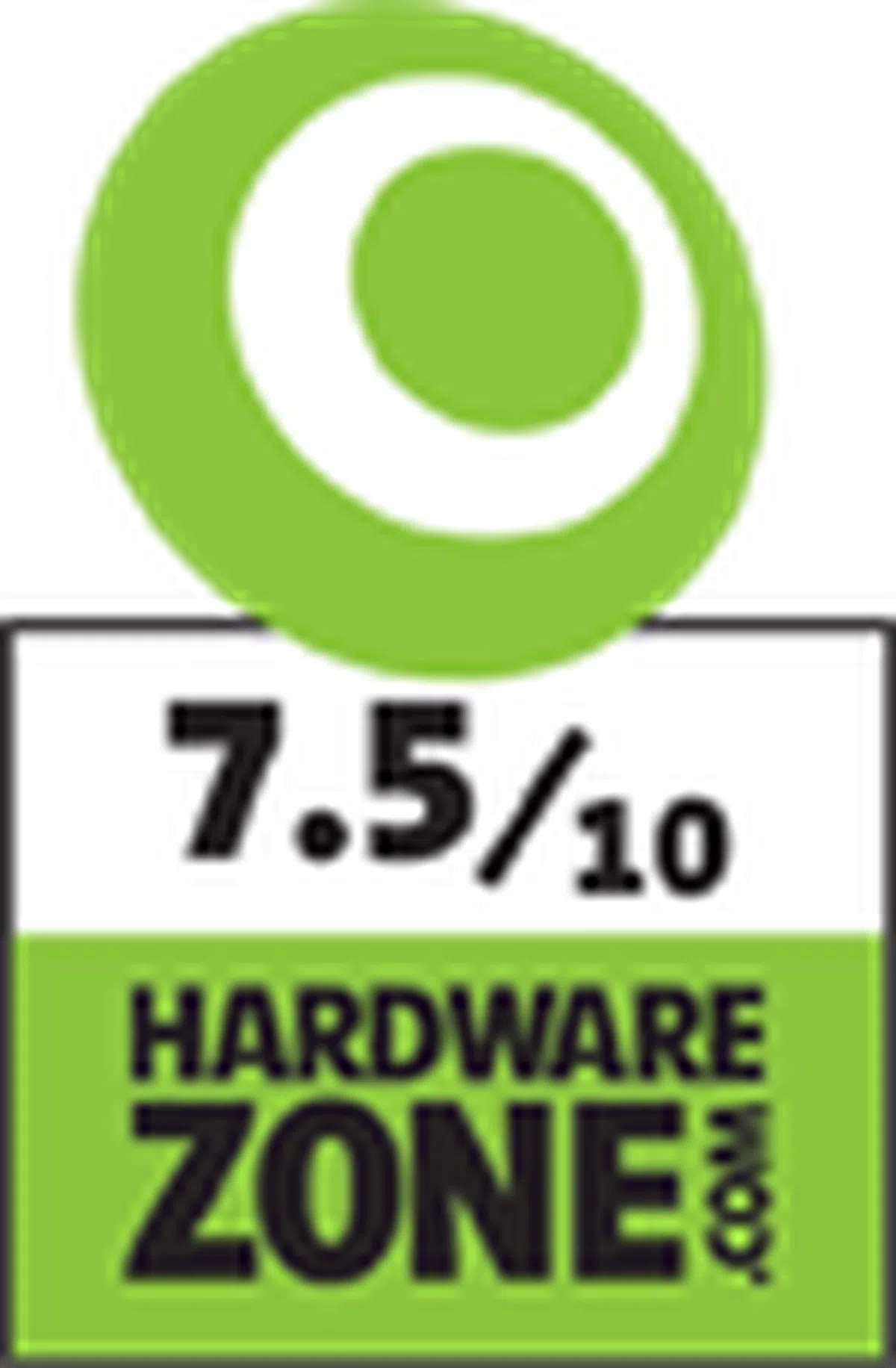Upgrade your home with these AC3200 wireless routers tested
Tri-band routers are ideal for homes with many connected devices. And today we will be taking a close at look at three of the newer AC3200 class tri-band routers from some of the most established names in home networking - Linksys, Netgear and TP-Link.
By Kenny Yeo -
Note: This article was first published on 17th December 2015. The content and products tested are still current and applicable.
Revisiting the AC3200 scene
Routers are getting faster by the day. Just recently, we reviewed two blazing fast AC5300 routers. But aside from AC5300 routers, there ia also a new class of AC3150 routers. The numbers just keep getting bigger and bigger.
For most consumers, we would recommend getting a good AC3200 class router and forget about the new AC5300 and AC3150 routers for the time being. There are few devices that can take full advantage of the new technologies that AC5300 and AC3150 routers bring to the table. These new fangled routers support up to four spatial streams and also MU-MIMO, two new technologies which are scarcely found in today's client devices.
In fact, as we mentioned in an earlier article, even most notebooks today have wireless adapters that support only up to two spatial streams, which means a maximum data transfer rate of 867Mbps - it doesn't matter if you have an AC1900, AC2600 or higher router, 867Mbps is the highest theoretical speed your client device can achieve. As a result, this is why we think AC3200 class tri-band routers offer the best mix of features and performance.

The TP-Link Archer C3200 and Netgear Nighthawk X6 joins the previously reviewed Linksys EA9200 in this three-way battle.
AC3200 class tri-band routers in the market today are all based on Broadcom’s 5G XStream platform. This platform consists of a single 1GHz dual-core Broadcom BCM4709A processor with 256GB of RAM, and three offload Broadcom BCM43602 processors, each dedicated to one of the platform’s three Wi-Fi radios. All AC3200 class tri-band routers, such as the ASUS RT-AC3200, D-Link DIR-890L and Linksys EA9200, use this chipset. As a result, the differences will come down to design, implementation, features and ease of use. That said, let’s take a closer look at the three routers that have been released in the second half of this year, beginning with the Linksys EA9200, and then the Netgear Nighthawk X6 which we are revisiting because of a recent firmware update, and lastly TP-Link Archer C3200 which is the newest in the group.
The Linksys EA9200
Note: We have covered this router in a dedicated review earlier, and the contents below were taken from that review.
The first thing that most users would notice about the Linksys EA9200 router is that it only has three antennas, which is unusual considering most AC-3200 routers have six - the Netgear Nighthawk X6and the ASUS RT-AC3200 both have six antennas. To be sure, the Linksys EA9200 router does have six antennas, just that three of them are hidden internally. According to Linksys, the decision to do so was to give the EA9200 router a less busy appearance, plus they were certain that performance would not be compromised.

Handy buttons by the side let users quickly turn the Wi-Fi off and also enable WPS setups.
Unlike most modern high-end routers, the Linksys EA9200 router is actually quite compact and is designed with a stand so that it sits vertically - wall-mounting is not possible. As a result, it does not take up much desktop real estate, though it sits very tall, at around 30cm including its antennas, so make sure you have headroom. In terms of design, the EA9200 router is rather simplistic. Unlike its rivals ASUS and Netgear, whose routers are highly angular and almost aggressive looking, the Linksys EA9200 router looks much more subdued and conservative The front panel is a bare black with a silver panel down the middle with the Linksys’ logo that lights up when the router is turned on, while the sides and rear panels are highly perforated and vented to let heat escape.
Like its E8350 sibling, the EA9200 router does not have LED status indicators on front, which can be problematic if something goes wrong and you are trying to troubleshoot. There are however LED indicators on the WAN and LAN ports and even for the USB ports, but since these are on the back of the router, their helpfulness is limited.

Users can find the usual assortments of ports behind the router. We liked that the two USB ports are spaced wide apart, which makes it easier to connect (and disconnect) devices. Note also the LED indicators on the Gigabit and USB ports.
Behind the router, users can find the usual assortment of ports. There is a single Gigabit WAN port and four Gigabit LAN ports, and also a USB 3.0 port and a USB 2.0 port. And looking to the left (relative to the back of the router), we find two buttons - one for WPS setup and another for turning off Wi-Fi.
Inside, the Linksys EA9200 router is powered by Broadcom’s 5 XStream chipset - the same as Netgear’s Nighthawk X6 router. This chipset consists of a single dual-core Broadcom BCM4709 chip running at 1GHz with 256MB of RAM and three offload Broadcom BCM43602 processors, each dedicated to one of the EA9200’s three Wi-Fi networks. This offload processor handles all wireless processing thus freeing the the host CPU for other applications.
Setting the Linksys EA9200 router up was a breeze as the Smart Wi-Fi user interface is arguably the most user-friendly setup interface around. It offers a good balance of ease of use and control, and offers features such as traffic monitoring, QoS, parental control, cloud storage and more. Clearly, a lot of thought has gone into its design. An example would be Linksys’ QoS management system, which gives users the option to prioritize connections based on devices as opposed to simply just specifying applications and the ports they use. This is both easier and considerably more practical for most users.

Linksys' Smart Wi-Fi user interface is arguably the most user-friendly and effective in the market right now.

Smart Connect at work. Notice how "Lenovo-PC" and "Andy-PC" have been assigned to two different 5GHz bands.
The EA9200 router also features Smart Connect, which is a feature that pertains to the router’s dual 5GHz frequency bands. If enabled, the router will use “5GHz band steering”, which means that it will broadcast a single 5GHz SSID, but devices connected to it will actually be split between its two 5GHz bands to spread the load and reduce congestion. This all takes place automatically and the router will assign devices on its own. However, for users who want more control, the EA9200 router can also be setup to broadcast two separate 5GHz SSIDs.

The Smart Wi-Fi app lets your remotely access and edit your router settings.
But maybe the coolest thing about the Smart Wi-Fi system is the ability to remotely control and access your router. This can be done in two ways: via the Smart Wi-Fi app that is available for free on both iOS and Android, or online through the Smart Wi-Fi portal. Both will let you remotely control and edit your router settings, change passwords, enable Parental Control, and even access content on external storage devices connected to the router.
The Netgear Nighthawk X6

The Netgear Nighthawk X6 is still one of the most unusual looking routers around.
We previewed the Netgear Nighthawk X6 earlier last year and it stood out for its wacky design and large size. Even now, a year on, it remains radical and large, though it must be said that it is now being dwarfed by the simply monstrous AC5300 class routers. We are revisiting it today because a recent firmware update included new features like cloud storage functionality.
As befits its name, the Nighthawk X6 comes decked entirely in black and features six external antennas that rise from the angled sides. When fully extended, it makes the Nighthawk X6 look like a bug that’s been put on its back. It’s not a really pretty router, but it’s definitely unique and should make for an interesting showpiece in living rooms. One thing to note is that the antennas are non-removable, but they can be folded to create a more streamline and slightly less bulky silhouette.

A column of LED indicators let users quickly check on the router's operating status.

The antennas are non-removable but can be folded to make the Nighthawk X6 more compact.
Moving on, running across the top panel is a column of LED indicators to show the status of the router. This makes it easy for users to tell if anything is going wrong with the internet connection, network or even the Ethernet LAN ports. Below the indicators are buttons turn Wi-Fi on and off and also for WPS setups. The top panel is also vented to help heat escape to keep the router cool.

Users will find the usual single Gigabit Ethernet WAN port and four Gigabit Ethernet LAN ports behind the Nighthawk X6. There's also a USB 3.0 and another USB 2.0 port.
Behind the router is where you’ll find all the ports. There’s a single Gigabit Ethernet WAN port and four Gigabit Ethernet LAN ports. There’s also a USB 3.0 and USB 2.0 port that can be used to connect to external storage devices for wireless backups or file sharing. Or it could be used with a printer to enable print-sharing for the entire family. There’s also a switch that lets users turn off all the LED indicators - useful if the router happens to be in your bedroom and the blinking lights keeps you awake.

If you have used a Netgear router recently, this interface should be familiar to you.

One thing that we don't like about the Genie setup user interface is its all or nothing QoS implementation.
Like all other Netgear routers, the Nighthawk X6 comes preconfigured. A sticker on the router indicates its SSID and also its password, so if you are not a fussy user, you could use it straight out of the box. The Nighthawk X6 uses Netgear’s familiar Genie setup user interface and it is fairly easy to use if you only need basic configurati. Right off the bat, there’s the option for Basic or Advanced settings. And advanced users will be happy to find that the router has all the usual options like port forwarding, VPN, dynamic DNS and guest networks. Netgear has also recently released firmware updates to include new features like cloud storage functionality via ReadySHARE.
However, certain features like Parental Controls and ReadySHARE requires additional registration or software, which makes it tedious and frustrating to setup. We are also not a fan of its QoS implementation. The Nighthawk X6 feature Dynamic QoS, which automatically alters QoS rules based on usage scenarios, and all users can do is enable or disable it. There's no option to to designate which devices should have priority over others nor can users give higher priority to specific apps - it's all or nothing.
Finally, like other tri-band routers, the Netgear Nighthawk X6 features Smart Connect. Once enabled, the router will broadcast both its 5GHz band under a SSID. It will then automatically managed devices connected to it and separate the slower and faster devices so that available bandwidth is utilized effectively and efficiently. Of course, more savvy users can choose not to enable this and manually assign devices to the router's two 5GHz bands.

The accompanying Genie app lets you remotely manage your router and access content on storage devices connected to the router.
The Nighthawk X6 also boasts of features like remote router management via Netgear’s Genie app, which is available for iOS and Android devices for free on their respective app stores. However, the app is limited in its use and it is missing some features that are found on the router’s web browser interface. For example, using the app we could only edit settings of the 2.4GHz band and only one of the 5GHz band. Also, advanced features such as port forwarding, dynamic DNS and VPN can only be accessed using the web browser and not the app. That said, the app is not entirely useless. It can be useful for parents if they need to change parental control settings when they are away from home, or even to quickly see what devices are connected to your router and monitor traffic usage.
The TP-Link Archer C3200

The TP-Link Archer C3200 is actually relatively compact for an AC3200 class router.
The TP-Link Archer C3200 is quite unusual in the realm of AC3200 router’s because of its relative compact size. AC3200 routers tend to be really bulky, but the Archer C3200 is actually pretty compact, relatively speaking for a high-end router, of course. It’s shaped like a Mini-PC and like the Netgear Nighthawk X6, it is black and features six non-removable external antennas.
The antennas are especially nifty, because while they are unremovable, they can be neatly folded away into specially cutout tunnels on the top panel, thus giving the Archer C3200 a more streamlined and neat look. The top panel also has vents that allow heat to escape to keep the router cool.

The antennas are non-removable, but they can be folded neatly into cutouts in the router.

LED indicators on the front panel let users quickly know the status of the routers. Buttons for turning Wi-Fi on/off and WPS setups are conveniently located in the front as well.
The front panel is where users will find a row of LED status indicators, which are less comprehensive that we would have liked them to be. This is because there are no individual indicators for the Gigabit Ethernet LAN ports. So if the lights for the LAN ports go off, you’ll need to spend some time to figure out exactly which port is not working properly. Besides the LED indicators are buttons to turn Wi-Fi on and off, the LED indicators on and off, and WPS setups.

The Archer C3200 has the same ports as the Nighthawk X6 - a single Gigabit Ethernet WAN port, four Gigabit Ethernet LAN ports, a USB 3.0 and a USB 2.0 port.
Behind the router, users will find all the ports and buttons clearly labelled. There’s a single Gigabit Ethernet WAN port and four Gigabit Ethernet LAN ports, which is standard fare for most routers. There’s also one USB 3.0 and another USB 2.0 port, which can be used to connect to printers or external storage devices for wireless backups and file-sharing. It’s worth noting also that the Gigabit Ethernet LAN ports do not have LED indicators of their own either, which can be a problem for users if they need to troubleshoot connection issues.

The Archer C3200's setup user interface has a refreshing color scheme and has Basic and Advanced menus to cater to different users.

The Advanced settings menus have more options. But overall, the Archer C3200 is a little light on features when compared to its rivals.
Like the Netgear Nighthawk X6, the TP-Link Archer C3200 comes preconfigured with a sticker at the bottom indicating the preconfigured SSID and passwords. For users who wish to tinker around, the Archer C3200’s setup user interface is easy to use and features a very refreshing and light color scheme. There’s two main menus - Basic and Advanced - and users will be happy to know that the Archer C3200 has all the usual options like parental controls, port forwarding, dynamic DNS, VPN, and more.
Like its competitors, the Archer C3200 also has a Smart Connect option that broadcasts its dual 5GHz networks under a SSID. Devices that are connected will then be automatically managed by the router. This feature makes it easy for less tech savvy users. For more advanced users, this option is turned off by default, which means they can manually assign devices to each of the router's two 5GHz bands.
One thing that we didn't like about the interface is that the QoS feature is a little barebones compared to its rivals. ASUS and Netgear, for example, have something called Adaptive QoS and Dynamic QoS respectively, which automatically alters the QoS rules based on real-time usage. Linksys and D-Link, on the other hand, also offers device-based QoS rules where users simply need to decide which connected device should have priority over others. The TP-Link Archer C3200’s implementation of QoS, on the other hand, requires users to manually define the IP and port range of applications, which means it can be a lot of work to setup.

The Tether app is basic, but it's comparable to apps of other competing brands.
Like most high-end routers today, the Archer C3200 can also be remotely controlled and managed using TP-Link’s Tether app, which is available as a free download for iOS and Android devices. The app is a pretty basic one but it shows you a network map that lets you see devices connected to your router, and also allows you to manage your Wi-Fi and guest networks settings, and also activate or deactivate your parental control settings.
Test setup
Our routine test setup includes a desktop PC, the reviewed router, and a laptop to simulate a wireless home network. The desktop system takes on the role of a host machine, while the router acts as a gateway. And lastly, an external Wireless 802.11ac adapter attached to the notebook is used to fulfill the role of a wireless remote client. The router is locked down in N-only mode for the 2.4GHz band, and 802.11ac for the 5GHz band, mainly to prevent the use of varying 802.11 standards. Typically, a channel bandwidth of 40MHz is selected where applicable, while 80MHz is used for the 5GHz AC band.
We'll be using Netgear's A6200 802.11ac USB adapter for our throughput tests to reduce the number of variables involved. The Netgear A6200 USB adapter supports up to two spatial streams for a maximum data transfer rate of 867Mbps - the maximum for USB adapters currently. Hence, if your system has a more advanced wireless chipset that supports three spatial streams, you can expect even higher speeds.

Here is a graphical representation of our network test setup.
To evaluate the routers we will be using a mix of synthetic benchmarks and real-world testing. The synthetic benchmark we are using is called LAN Speed Test. As for real-world testing, we will be measuring the routers’ speeds in transferring a 1GB zip file. We will do multiple tests at different distances to simulate use around a typical home. For the 5GHz band, we also measured how performance is affected if two clients are connected and uploading and downloading data at the same time. Here are the test distances we used and what they represent.
- 2m - Right beside the router.
- 5m - In the adjacent room.
- 13m - In the room opposite.
- 17m - To simulate extreme distances.
An important thing to note is that we will be phasing out 2.4GHz testing from our benchmarks. For one, 802.11ac is now being widely supported by most if not all mobile devices. If your device supports 802.11ac, it makes absolutely no sense to connect to the router via the slower and more congested 2.4GHz band. Speaking of congestion, our test environment currently has no less than 19 different 2.4GHz networks being broadcasted. The amount of noise and interference makes it very difficult for us to properly evaluate 2.4GHz performance. As such, we'll only be presenting performance from the 5GHz band.
Performance Analysis
On LAN Speed Test, we can see that the Netgear Nighthawk X6’s uplink speeds were a little disappointing when compared to the current crop of high-end routers. Although the difference isn’t great, it is clear from the graphs that its uplink speeds were amongst the slowest. The TP-Link Archer C3200’s uplink speeds were a little more encouraging and it’s a little faster than the Nighthawk X6, by about 5% at closer ranges. At longer ranges, the two routers were almost the same. That said, the two routers’ long range uplink performance were amongst the poorer ones, considering routers like the ASUS RT-AC87U and Linksys EA9200 can reach above 100Mbps. Speaking of the Linksys EA9200, it also exhibited very good near range uplink performance.

The Nighthawk X6’s downlink performance was a bit of a mixed bag. Performance at shorter ranges of 2 and 5m was underwhelming, but it held itself well at farther ranges of 13 and 17m. However, the Nighthawk X6 still couldn’t find a way around the Archer C3200 as the latter once again beat it to the punch. That said, the difference between the two is very slight and the greatest margin of difference was just 5%. The Linksys EA9200 excelled at the 2, 5 and 13 meter test ranges where it was faster by around 10% on average, which is certainly significant. However, it could not keep its performance up and was ousted by the Netgear and TP-Link routers at our farthest test range of 17 meters. Surprisngly, even the ASUS RT-AC3200 and RT-AC87U fumbled at the furthest range.

The Nighthawk X6’s file transfer results mirrors that of its earlier numbers in the downlink speed tests. Its performance at shorter ranges were quite underwhelming as it was noticeably slower than the top performing routers. For example, at 5 meters, it managed just 181.82 Mbps, whereas competing routers like the ASUS RT-AC5300, D-Link DIR-890L, Linksys EA9200 could easily manage speeds in excess of 220Mbps. Fortunately it acquitted itself when it came to farther ranges where it managed a very respectable speed of 163.27Mbps even at a range of 17 meters. On the other hand, the TP-Link Archer C3200’s performance mirrors the Nighthawk X6’s quite closely with the exception of its slightly better short range performance. The Linksys' EA9200 performance at the furthest range is disappointing as it managed only 125Mbps, a good 23% less than the Netgear and TP-Link routers. However it fared much better at all other test range scenarios.

In our performance load test where we had two devices connected to one of the 5GHz bands each, we only noticed a slight drop in performance in the three routers. This is to be expected from tri-band routers, as such scenarios is where they excel. The Linksys EA9200 continued to impressed and managed 170.21Mbps, which is a respectable result. The Nighthawk X6’s performance on this benchmark was also good as it managed 173.91Mbps and only suffered a 17% in performance, which is amongst the lowest. The Archer C3200, on the other hand, managed 163.27Mbps, which is the lowest of any tri-band router we have tested and also translates to a 25% drop in performance. Even so, this is considerably lesser than dual-band routers, which can lose as much as 60% in performance if the router needs to intensively transmit data simultaneously to two devices.

The Verdict
There are no shortage of high-end tri-band AC3200 routers these days and the Linksys EA9200 is emerging as a strong contender in this space. Its overall performance was very good and only faltered at our farthest test range of 17 meters. It also boasts of Linksys' excellent Smart Wi-Fi setup user interface and software stack, which packs loads of features such as remote router management and cloud storage functionality, and is in our opinion, one of the easiest to setup and use. And while it's asking price of S$365 is high for a router, we think its high price tag is fully justified given its strong performance and feature set.
That said, it is not without its flaws. Like we mentioned, performance at range is an issue and this can be problematic for larger homes which require wider Wi-Fi coverage. Of course, this is largely dependent on home layout and many various factors, but its something worth considering.

The Linksys EA9200 is a strong favorite in the AC3200 category because of its excellent performance and features.
TP-Link Archer C3200 is an enticing option for anyone looking to get a tri-band router. The main reason is its combination of decent performance and attractive price.
As our benchmarks show, the Archer C3200 offers very respectable performance across our test ranges, and was easily a match for the other tri-band routers that we have tested. In fact, we found that it was quicker overall than the Netgear Nighthawk X6.
And as for price, the Archer C3200 has a retail price of S$319, which makes it one of, if not the most affordable tri-band router in the market today. The only other router that comes close is D-Link’s DIR-890L router, which is S$349.
That said, our biggest gripe with the Archer C3200 is its lack of compelling features. Though it offers remote router management via the Tether app, we found that the app is basic and doesn’t really offer much functionality. The Archer C3200 also doesn’t offer cloud storage functionality, which is fast becoming a must-have feature for high-end routers.
Overall, the Archer C3200 can best be summed up as a rather no-frills tri-band AC3200 router. For anyone who has many connected devices at home but don’t want to spend too much, the Archer C3200 is well worth a look. However, it’s worth considering the D-Link DIR-890L too, because for about S$30 more, the D-Link DIR-890L offers slightly better performance and greater ease of use and more bells and whistles, like cloud storage functionality.

The TP-Link Archer C3200 is one of the most affordable tri-band routers around today and is an attractive proposition. The Netgear Nighthawk X6, on the other hand, is priced far too high.
Netgear has always had a reputation for fast routers, but the Netgear Nighthawk X6 wasn’t the speed demon that we had expected it to be. In terms of performance, the Nighthawk X6’s problem was its lackluster performance at nearer ranges. At 2 and 5 meters, it was outclassed by nearly every other high-end router we have tested. But on the flip side, its performance at farther ranges of 13 and 17 meters was quite good. What this means is that users will find that the Nighthawk X6 offers more consistent performance across all ranges, even if its short range performance isn’t quite up to the standards of other high-end routers.
Unfortunately, the bigger issue with the Nighthawk X6 is its value for money proposition. After announcing four new mobile apps for its routers, ASUS now leads the way when it comes to feature-packed routers with features such as remote router management, cloud storage functionality, hardware-based network protection via AiProtection, Adaptive QoS and more. Rivals Linksys isn’t very far behind either with its excellent Smart Wi-Fi setup user interface and software stack.
As a result of all this, the Nighthawk X6 feels lean in comparison. Plus, its Genie setup interface could use a little updating at this point because some aspects are frustrating and cumbersome to use. For instance, parental controls and ReadySHARE requires additional registration and software to work; and we are certainly not fans of its all or nothing QoS implementation.
At the end of the day then, we don’t think the Netgear Nighthawk X6 is quite worthy of its very high S$399 asking price. For users who want the absolute best AC3200 router, the ASUS RT-AC3200 at S$429 and the Linksys EA9200 at S$365 are much better picks because of their better performance and more well-rounded feature set.
Router | LinksysEA9200 | Netgear Nighthawk X6 | TP-Link ArcherC3200 |
Remote router management | Yes | Yes | Yes |
Cloud storage | Yes | Yes | No |
QoS management | Yes (Device-based) | Yes(Dynamic) | Yes (App-based) |
Networking Mapping | Yes | Yes | Yes |
Smart network prioritization | Yes | Yes | Yes |
Parental controls | Yes | Yes | Yes |
VPNsupport | Yes | Yes | Yes |
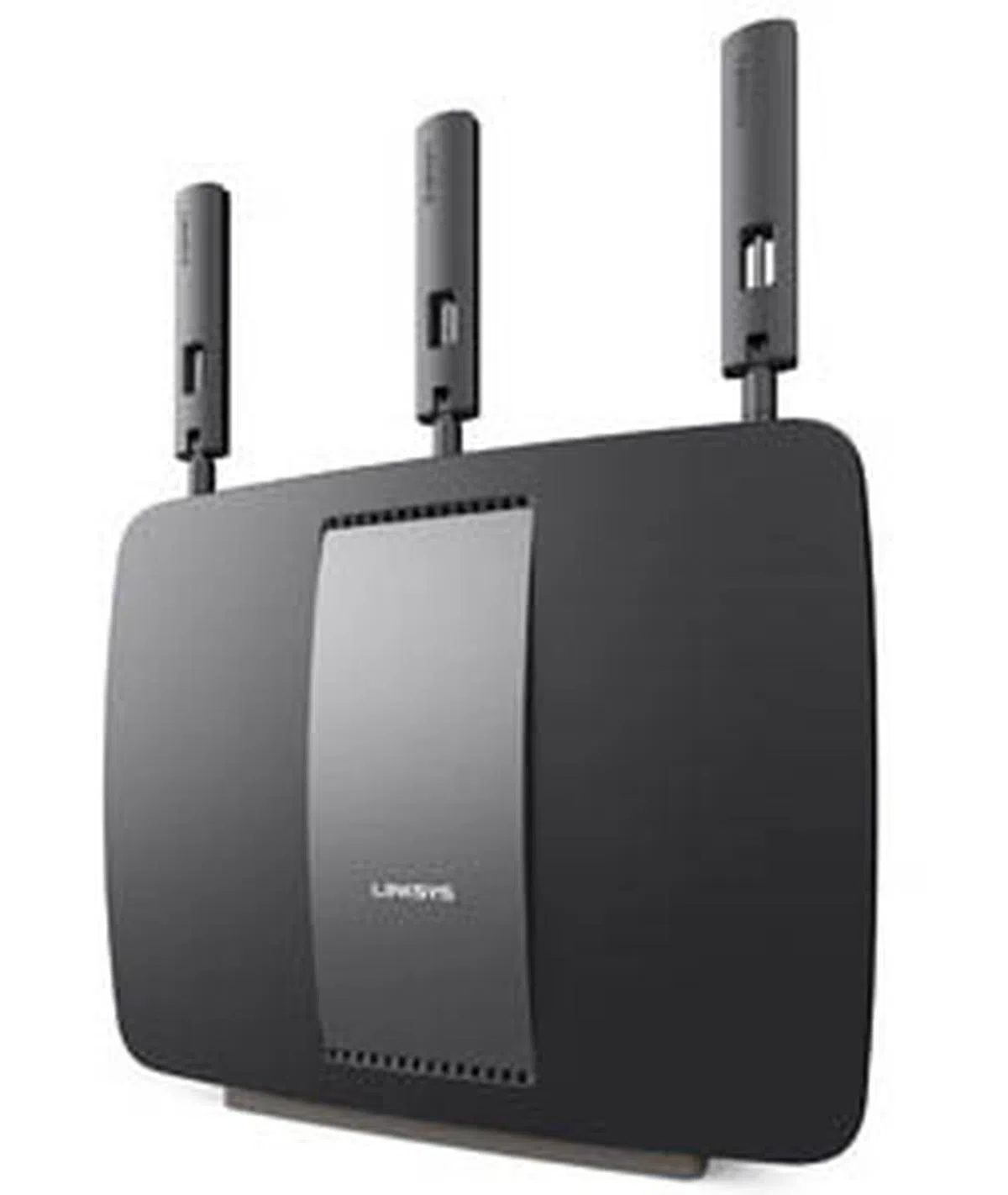 | |
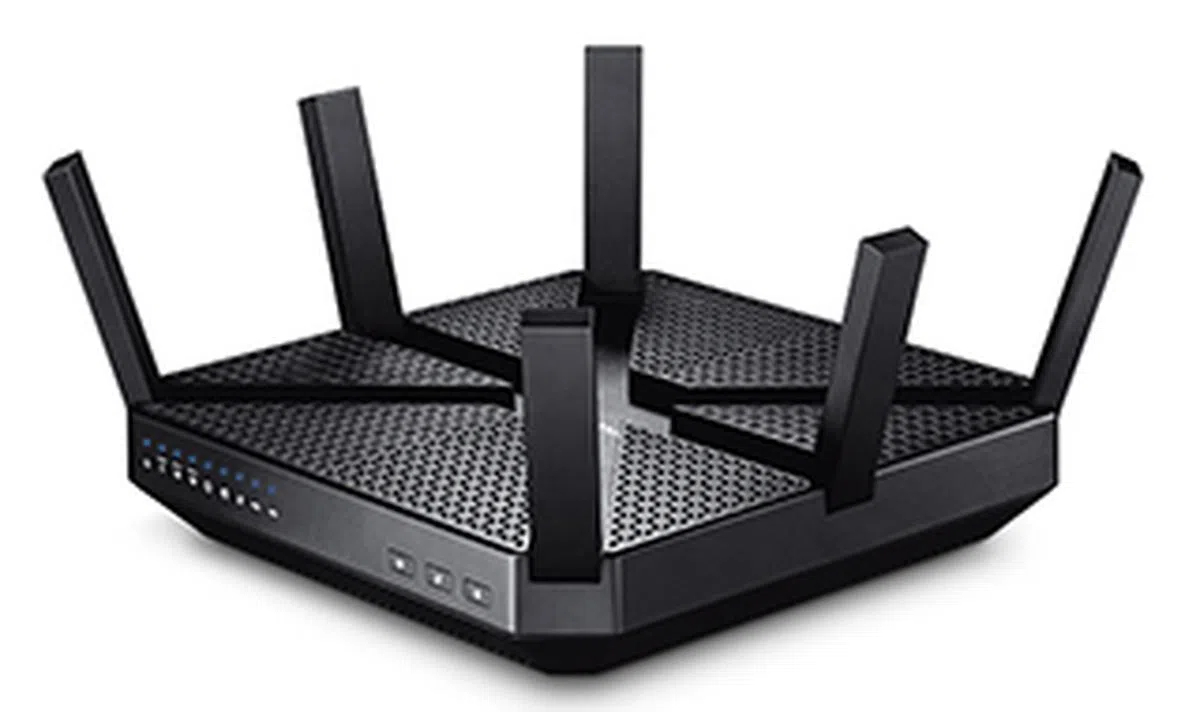 | |
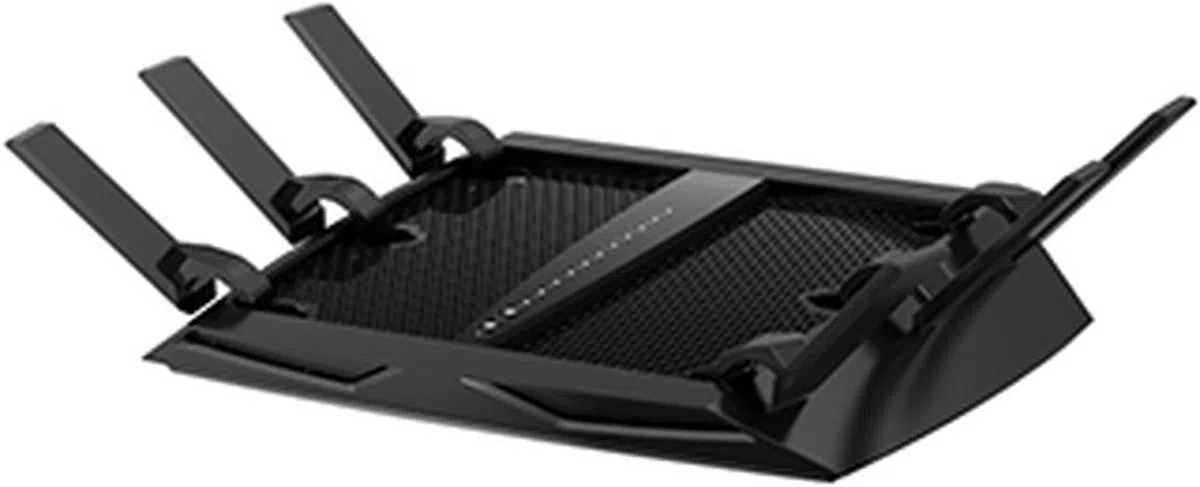 | <img src="https://cassette.sphdigital.com.sg/image/hardwarezone/85dd788a2135d01878ac8cf54c0c4e173371177a1526e448b7f8e1fb15e96bad" title=" " alt=""> |
